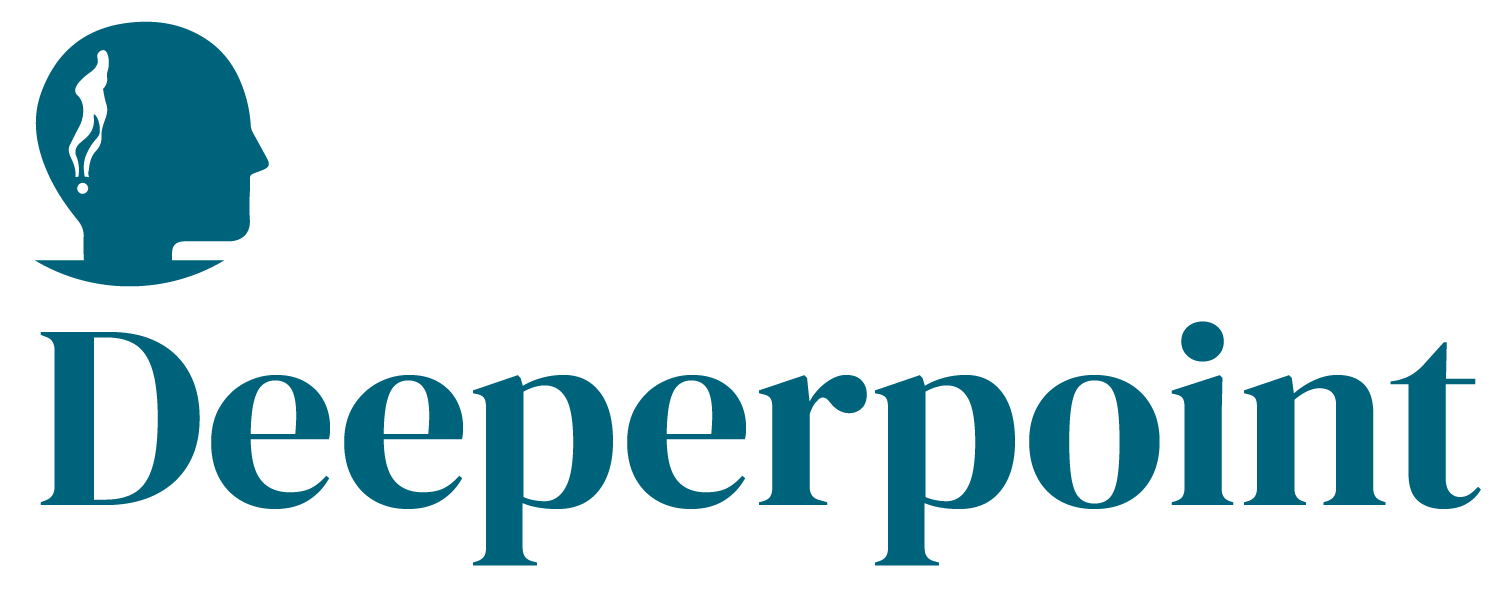Vision
ASE connects artisans—weavers, potters, metalsmiths, textile dyers, instrument makers—with learners, collectors, and cultural institutions that value authentic craft and heritage techniques. The vision is a living, global classroom where local mastery becomes accessible, documented, and commercially viable without diluting cultural identity. Sponsors help preserve intangible cultural assets, create dignified income for artisans, and support community-anchored entrepreneurship that is resilient to tourism cycles and platform volatility.
Problem
Artisans face thin, geographically fragmented demand; marketing is costly and digital discovery favors mass-produced look-alikes. Transmission of techniques is sporadic, apprenticeships are informal, and younger practitioners lack stable income. Institutions struggle to identify credible teachers and verify provenance. Without modern distribution and documentation, many crafts risk attrition. For sponsors, the opportunity is to convert dispersed, under-recognized talent into a networked creative economy with measurable inclusion and livelihoods outcomes.
Solution
Cosolvent standardizes listings, provenance attestations, and engagement formats—from micro-workshops to longer apprenticeships—while integrating LLM+RAG to make unstructured cultural materials queryable. Artisans can upload process videos, pattern sketches, still photos, and workshop notes; learners and curators search across content with natural prompts—“show indigo dyeing safety steps” or “find warp-faced weaving modules at beginner level”—and receive precise excerpts with links to book sessions. ClientSynth seeds the exchange with synthetic learners and institutions that mirror real demand patterns across price points and regions, producing credible early telemetry for sponsors. This lowers marketplace cold-start risk and accelerates curation quality.
Business Model
Revenue streams include marketplace transaction fees, premium profiles for verified artisans, and institutional packages for museums, cultural councils, and tourism boards. White-label deployments can power regional craft portals. Over time, aggregated, consented insights about technique popularity and training outcomes can inform grants and education programs, providing sponsors with policy-relevant metrics tied to cultural preservation and livelihoods.
